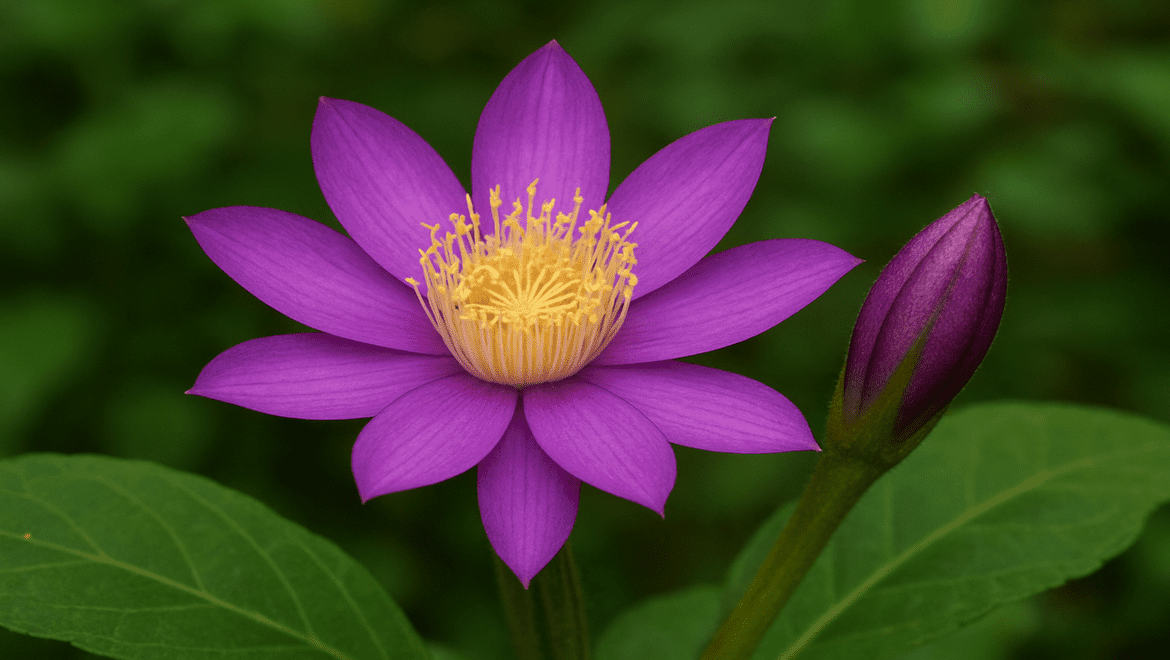- Your cart is empty
- Continue shopping
The Brahma Kamalam history is deeply woven into Indian mythology, spirituality, and Himalayan culture. Revered as a divine flower, it is known for its rare bloom in the high altitudes of the Himalayas. The flower also has a strong connection with the Gods and legends.
Unlike ordinary flowers, Brahma Kamalam carries stories that highlight its origin, sacred meaning, and role in ancient Indian traditions.
The Divine Origin of Brahma Kamalam
According to Hindu mythology, Brahma Kamalam history begins with Lord Brahma, the creator of the universe. It is believed that this flower was born from his divine presence. Brahma kamalam symbolizes purity, creation, and cosmic energy. Ancient texts describe Brahma Kamalam as a celestial bloom that represents the cycle of birth and rebirth.
The flower is often associated with the seat of Lord Brahma. It is said to resemble a lotus from which the deity himself is depicted emerging. This strong mythological link gives the flower its sacred name – “Brahma Kamal.”
Connection with Lord Shiva and Goddess Parvati
Another fascinating aspect of Brahma Kamalam history lies in its connection with Lord Shiva and Goddess Parvati. In many Himalayan temples, devotees offer this flower during rituals dedicated to Shiva. According to local legends, Goddess Parvati meditated in the Himalayas surrounded by Brahma Kamal flowers. Since then, it has been regarded as a sacred offering in shrines such as Kedarnath and Badrinath.
The mythology says that presenting Brahma Kamal to Lord Shiva pleases him greatly. It grants blessings of protection, strength, and renewal. This story adds spiritual depth to its history, making it a flower that bridges creation and destruction.
The Epic Story from the Mahabharata
One of the most compelling tales in Brahma Kamalam history appears in the Mahabharata. It is believed that the Pandavas, during their exile, witnessed Brahma Kamal blooming in the Himalayan valleys. Draupadi, overwhelmed by the flower’s beauty, expressed her wish to possess it. In response, Bhima climbed to the high peaks and brought the sacred bloom for her.
This story emphasizes the flower’s role as a rare treasure, found only after great effort and devotion. In local traditions, this tale symbolizes love, sacrifice, and respect for divine wishes.
Symbolism in Mythology
In Indian mythology, Brahma Kamalam history symbolizes more than just a botanical identity. The flower represents:
- Creation and Rebirth: Inspired by its connection to Lord Brahma.
- Purity of the Soul: Its rare bloom at high altitudes symbolizes spiritual elevation.
- Courage and Devotion: As seen in the Mahabharata story of Bhima and Draupadi.
- Divine Blessings: Offering Brahma Kamal during rituals is believed to attract prosperity and positive energy.
These layers of meaning elevate the flower from a botanical rarity to a sacred emblem of mythology.
Role in Himalayan Culture
Apart from scriptures, Brahma Kamalam history is strongly tied to local Himalayan traditions. Villagers in Uttarakhand and Himachal Pradesh narrate stories where the flower is considered a messenger of Gods. They believe sighting the flower brings good fortune, while plucking it without respect invites divine displeasure.
The flower is also used during major religious ceremonies in Himalayan temples. Here, the devotees line up to offer Brahma Kamal at night when it blooms. The act is seen as a direct prayer to gods, rooted in age-old myths.
Why the Flower is Considered Sacred
The mythological background of Brahma Kamalam history explains why this flower is still treated with reverence. It is not just admired for its beauty but worshipped for its spiritual symbolism. From being linked with the seat of creation to appearing in epic stories of devotion, Brahma Kamal embodies the bond between nature and divinity.
This sacred perception has also contributed to conservation efforts. Locals avoid over-harvesting it, understanding its cultural and spiritual significance.
Conclusion
The Brahma Kamalam history is a captivating journey through myths, legends, and cultural beliefs. It has the divine origin from Lord Brahma. It played a major role in the Mahabharata and Himalayan traditions. The flower has carried stories of creation, devotion, and purity for centuries. Its mythological story continues to inspire awe. We must remember that some flowers are not just blooms of nature but living symbols of faith and divinity.
Follow HariDukaan on YouTube for more!

